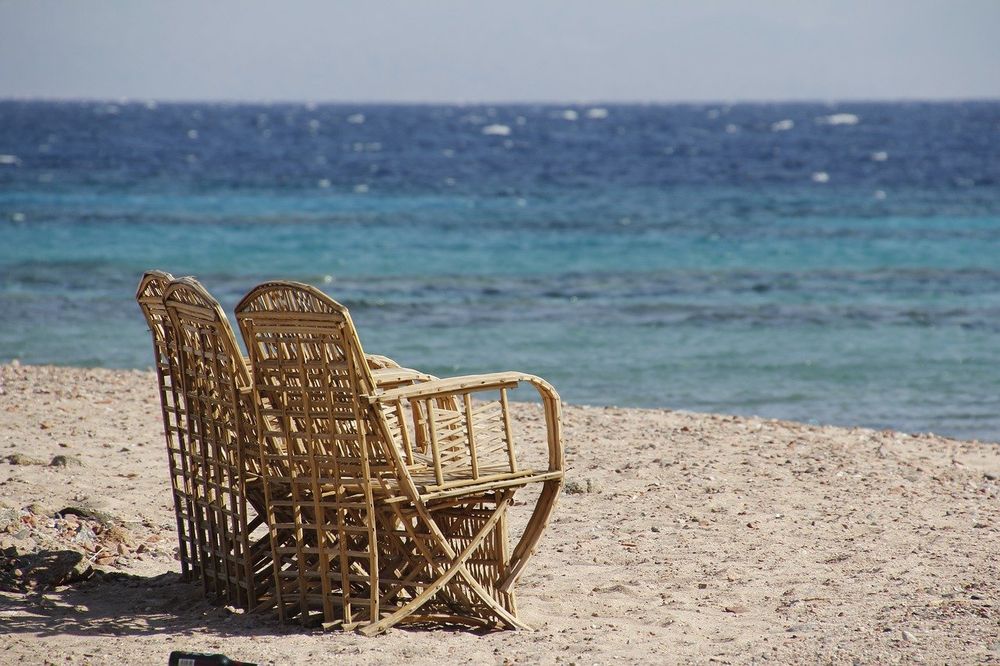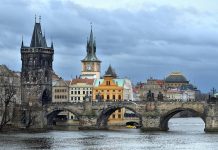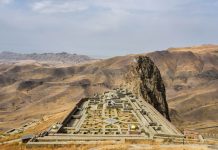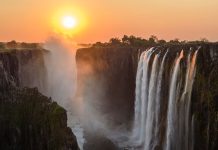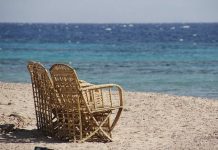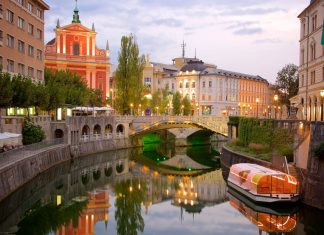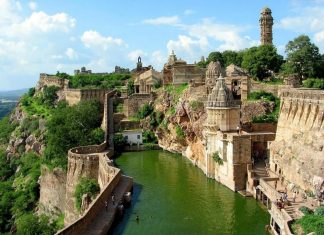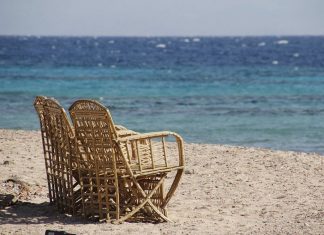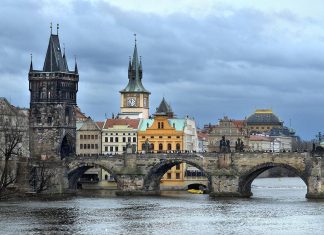Bolivia is full of ancient history woven into the great Andean empires of the ‘Aymara civilization’. This ancient land is the home of the pre-incan Tiahuanaco ruins and the world famous Lake Titicaca . As legend has it, ‘Manco Capac and Mama Oclio, the ancestors of Incan culture, rose from its depths to bring knowledge to humanity’
The country is 1,098,580 sq km with an awesome diversity of the topography, including the immense snow-capped peaks of the Andes mountains, impenetrable jungles, desolate desert plains, broad fertile valleys and impressive flora and fauna. There are also beautiful national parks, dozens of significant archaeological sites and a wide variety of colourful native festivals and holidays.
Bolivia (nicknamed “ The Tibet of the Americas ") also has a unique range of wildlife, especially on the Altiplano, where the most important animals are the llama; alpaca and guanaco. Several varieties of cavy (guinea pig) are found there too.
Lake Titicaca has several varieties of fish and in the tropical Amazon region you’ll find puma, coati, tapir, armadillo, sloth, peccary, capiguara (river hog), and ant bear, as well as several kinds of monkeys. Birdlife is also rich and varied throughout Bolivia , with reptiles and an enormous variety of insects found below 3,050 m (10,000 ft). Because of the wide range in altitude, Bolivia has plants representative of every climatic zone, from arctic growth high in the sierra to tropical forests in the Amazon basin.
Major tourist attractions include La Paz, the highest capital city in the world, and the nearby stunning Andean peaks; beautiful Lake Titicaca, the ‘highest navigable lake in the world’which includes the cultural delights of Copacabana and Inca history on Isla del Sol, and also the Bolivain Amazon – the planet’s ‘greatest ecosystem’.
Landlocked Bolivia is divided into nine departments and sits astride the Andes in the west-central part of the South American continent. Bolivia has 6,083 kilometers of land boundaries, which adjoin five countries, including: Brazil to the north and east, Paraguay to the southeast, Argentina to the south, Chile to the southwest, and Peru to the northwest. The western part, enclosed by two chains of the Andes , is the ‘great plateau – the Altiplano’, with an average altitude of 12,000 ft (3,658 m). Almost half the 8,586,443 population lives on the plateau, which contains Oruro , Potosí, and La Paz .

